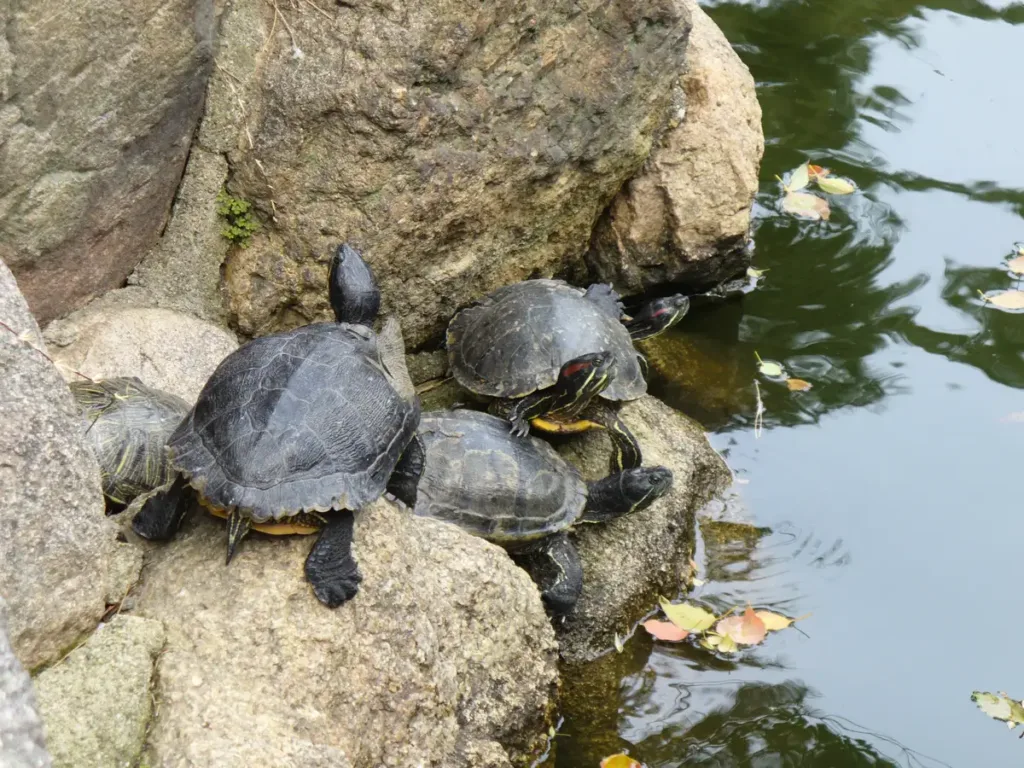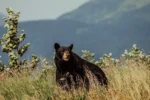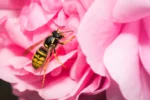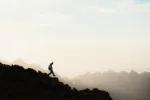Nature’s Spectacle: How to Spot More Wildlife on Your Hikes
This post may contain affiliate links. This means that we may receive a small commission from purchases through those links. Read more in our affiliate disclosure.
There’s a certain thrill that comes with spotting wildlife on a hike. It’s a moment of connection with nature that leaves us awestruck and humbled. Whether it’s the fleeting glimpse of a deer darting through the forest, the melodious song of a hidden bird, or the rustle of leaves as a squirrel scampers up a tree, these encounters remind us of the vibrant life that thrives in the wilderness. This blog post aims to enhance your hiking experience by sharing tips and strategies to spot more wildlife on your hikes.
To spot more wildlife on your hikes, start by understanding the habits of different species and plan your hikes around their active times. Enhance your observational skills by engaging all your senses and learning to recognize signs of wildlife like tracks and droppings. Embrace the power of solitude and quiet, minimizing noise and distractions. Use the “Sit and Watch” technique to immerse yourself in the environment and observe wildlife as they go about their normal behaviors. Equip yourself with appropriate gear like binoculars, field guides, and the iNaturalist app. Always maintain a safe distance from wildlife, avoid feeding them, stay on trails, and adhere to the Leave No Trace principles. Be particularly cautious not to startle dangerous wildlife like bears or snakes. With patience and respect for wildlife, you can enhance your wildlife spotting experiences and deepen your connection with nature.
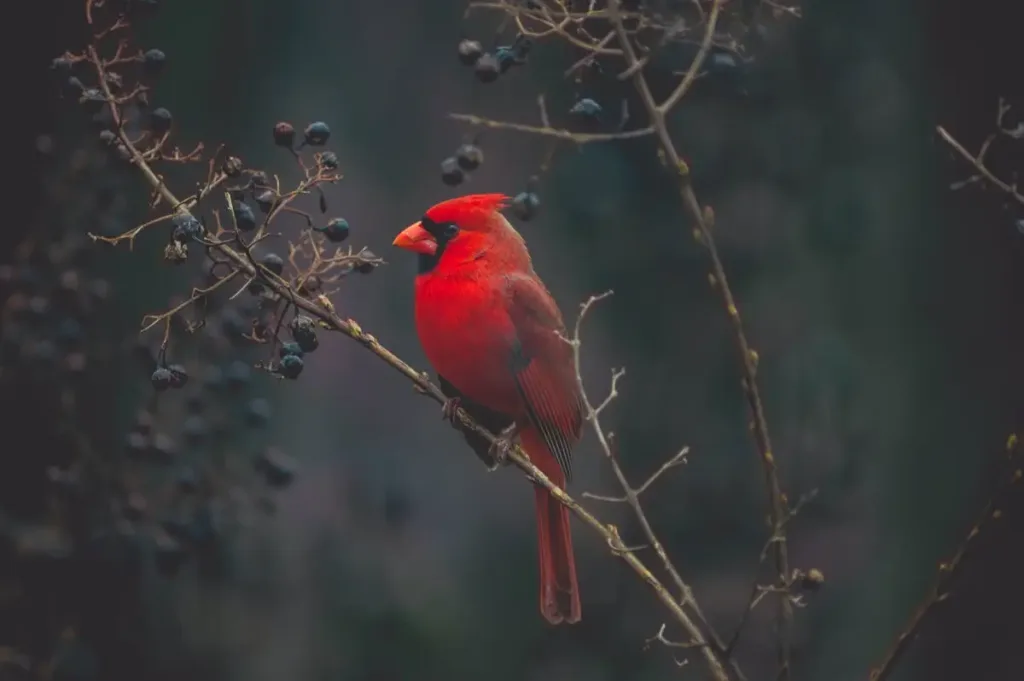
- Introduction
- Spotting Wildlife at different times of day
- The Art of wildlife Observation
- Engage All Your Senses
- The Power of Solitude
- Embrace the Quiet
- The Sit and Watch Technique
- The Indirect Approach
- Look for Signs of Wildlife
- Appropriate Gear for wildlife observation
- Binoculars or Spotting Scope
- Field Guides
- Notebook and Pen
- iNaturalist App
- Camouflage or Earth-Toned Clothing
- Comfortable, Quiet Footwear
- Respect for Wildlife
- Maintain a Safe Distance
- Avoid Startling Dangerous Wildlife
- Do Not Feed Wildlife
- Stay on Trails
- Leave No Trace
- Conclusion
Spotting Wildlife at different times of day
To increase your chances of spotting wildlife, it’s crucial to understand the behavior and habits of different species. Animals have evolved to be active at different times of the day to maximize their survival.
Many mammals such as deer, rabbits, and some species of birds are crepuscular, meaning they are most active during the twilight hours of dawn and dusk. These times of day are often cooler and less busy with human activity, making it safer for these animals to forage for food.
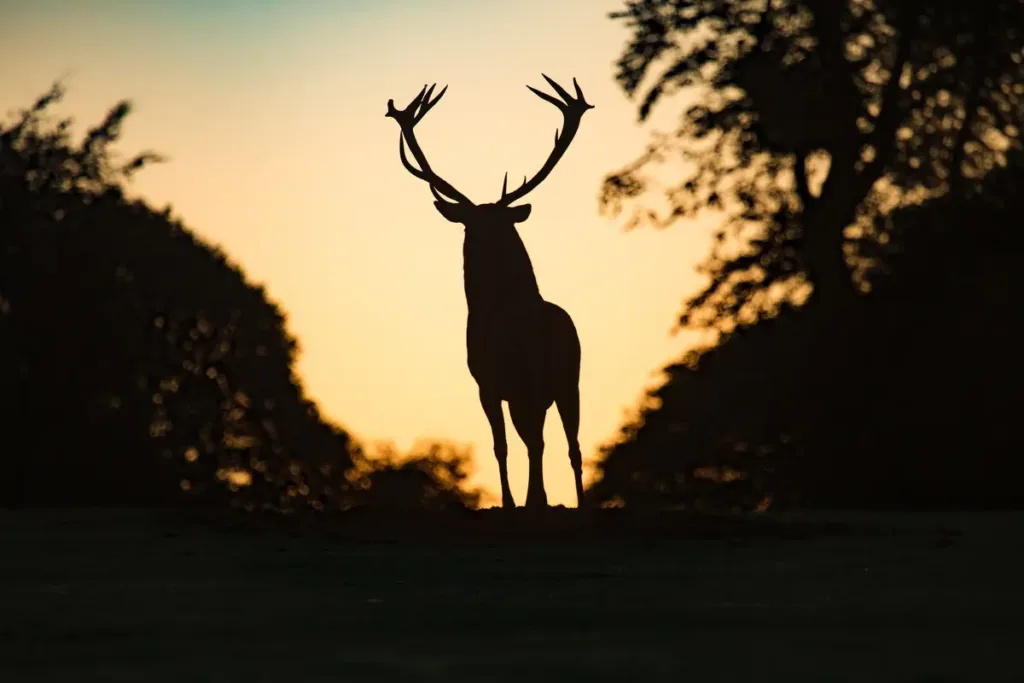
Reptiles, like lizards and snakes, are often seen basking in the sun during the day. They are cold-blooded animals, which means they rely on external sources, like the sun, to regulate their body temperature. Spotting these creatures often requires a keen eye, as they can blend in well with their surroundings.
Nocturnal animals, such as owls, bats, and raccoons, are most active at night. They have adapted to life in the dark and have unique features, like enhanced night vision or acute hearing, that help them navigate and hunt in the absence of light.
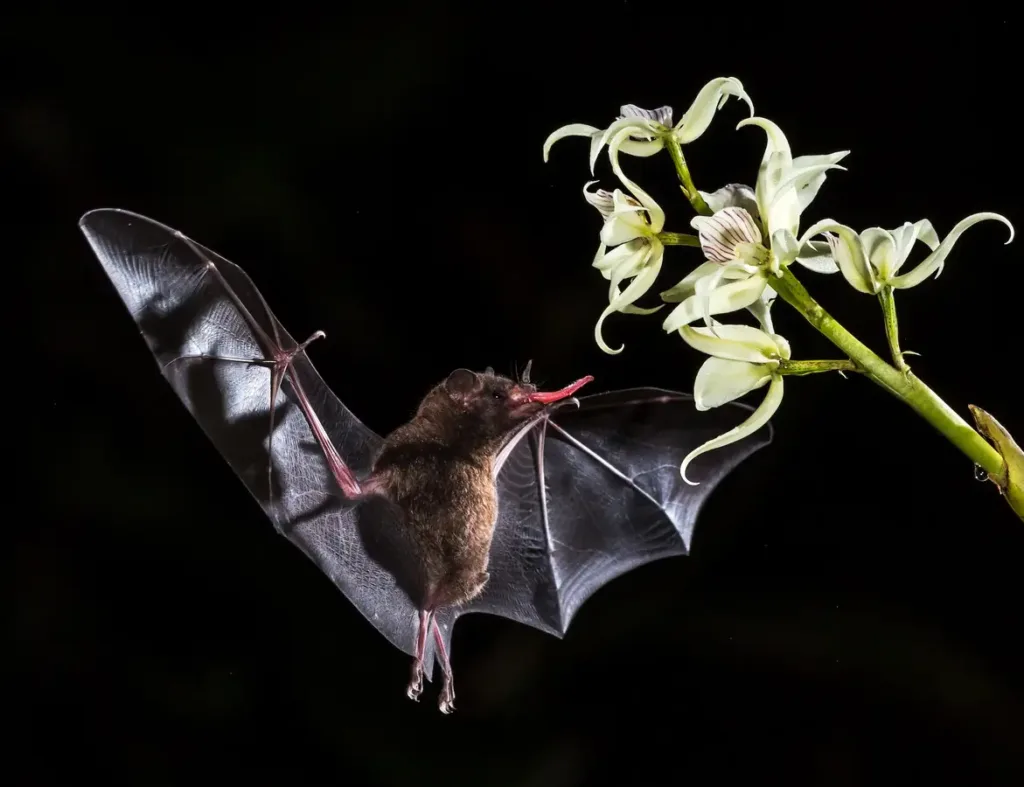
Diurnal animals, like squirrels, many bird species, and humans, are active during the day. These animals have adapted to foraging and living in the daylight hours.
By understanding these habits, you can plan your hikes around the times when the wildlife you’re interested in is most likely to be active. However, nature is unpredictable, and there’s always a chance of a surprise encounter!
The Art of wildlife Observation
Observing wildlife is an art that requires patience, attentiveness, and a deep connection with nature. It’s not just about looking around; it’s about immersing yourself in the environment and understanding the subtle signs that animals leave behind. In this section, we’ll explore several techniques that can enhance your observational skills and increase your chances of spotting wildlife.
Engage All Your Senses
When we think of observing, we often think of using our eyes. But when you’re in the wilderness, every one of your senses can be a tool for spotting wildlife.
- Sight: Look for movement in the trees or bushes, or an animal’s silhouette against the sky. Pay attention to unusual colors or patterns that might indicate an animal’s presence.
- Hearing: Listen for distinctive calls, songs, or rustling in the underbrush. The sounds of nature can often alert you to an animal’s presence before you see it.
- Smell: Some animals, like foxes or skunks, have a distinctive smell. If you’re downwind, you might be able to smell them before you see them.
- Touch: You might feel the vibrations of larger animals moving in the ground beneath your feet.
- Taste: While it’s less common, taste can sometimes be a useful sense in the wilderness. For example, the taste of the air can change when certain plants are in bloom, attracting specific insects or birds.
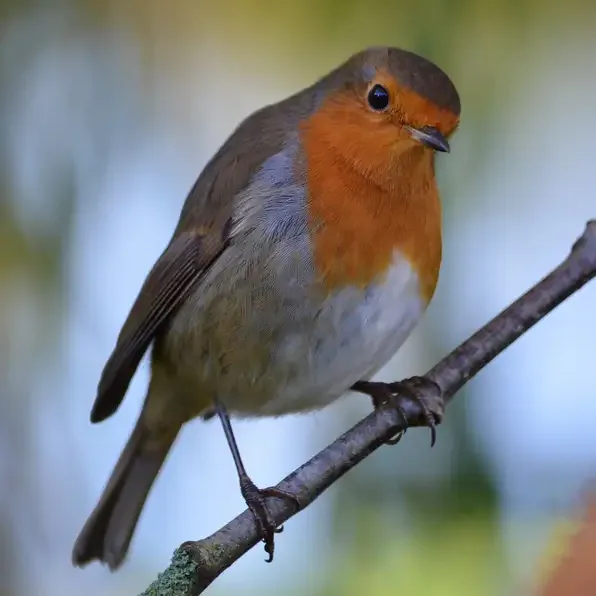
The Power of Solitude
One of the most effective strategies for spotting wildlife is to embrace the power of solitude. Animals are naturally wary of humans, and the more noise and movement you make, the less likely you are to spot them.
Going alone on a hike, or with a friend who understands the importance of quiet, can significantly increase your chances of spotting wildlife. When we’re with others, we often engage in conversation, laugh, or make other noises that can scare wildlife away. Even the simple act of walking can create enough noise to alert animals to your presence.
If you do choose to hike with a friend, make sure it’s someone who shares your interest in wildlife spotting and is capable of moving quietly and patiently through the wilderness. A shared silence can be a powerful experience, and there’s nothing quite like the thrill of spotting a rare bird or elusive mammal together.
Walking silently is an art in itself. Try to step lightly, avoiding dry leaves or twigs that can create noise. Some hikers find that walking barefoot or in soft-soled shoes can help them move more quietly, though this depends on the terrain and your comfort level. We have an entire article on how to walk quietly!
The goal is not to sneak up on wildlife. Most animals have far better hearing than humans, and they’ll likely know you’re coming long before you see them. Instead, the goal is to create as little disturbance as possible, allowing animals to go about their normal behaviors without feeling threatened.
Embrace the Quiet
In our modern, fast-paced world, we’re often surrounded by noise and distractions. But when you’re out in nature, these distractions can prevent you from spotting wildlife. Embracing the quiet is not just about being physically silent; it’s also about quieting your mind and focusing on the present moment.
Avoiding distractions is crucial. You might be tempted to listen to music, podcasts, or audiobooks while you hike, but these can distract your attention from the subtle signs of wildlife around you. Even if you’re looking at your surroundings, if your mind is busy processing what you’re listening to, you’re less likely to spot that deer peeking out from behind a tree or hear the distinctive call of a rare bird.
Instead, let the sounds of nature be your soundtrack. The rustling leaves, the chirping birds, the babbling brook – these are not just pleasant background noise, they’re also valuable clues about the presence and behavior of wildlife.
Mindfulness is a powerful tool for wildlife spotting. It’s about being fully present and engaged with your environment, rather than lost in thought or distracted by your devices. Try to tune into your senses and pay attention to the details around you. Notice the colors, the sounds, the smells. You’ll be surprised at how much more you notice when you’re fully present.
The Sit and Watch Technique
Sometimes, the best way to spot wildlife is to be still. Animals are often wary of movement, so by sitting quietly, you can blend into the environment and observe wildlife as they go about their normal behaviors. At the same time, you no longer have to focus on where to go and how to step – you can devote all of your attention to observing your surroundings. This is the essence of the Sit and Watch technique.
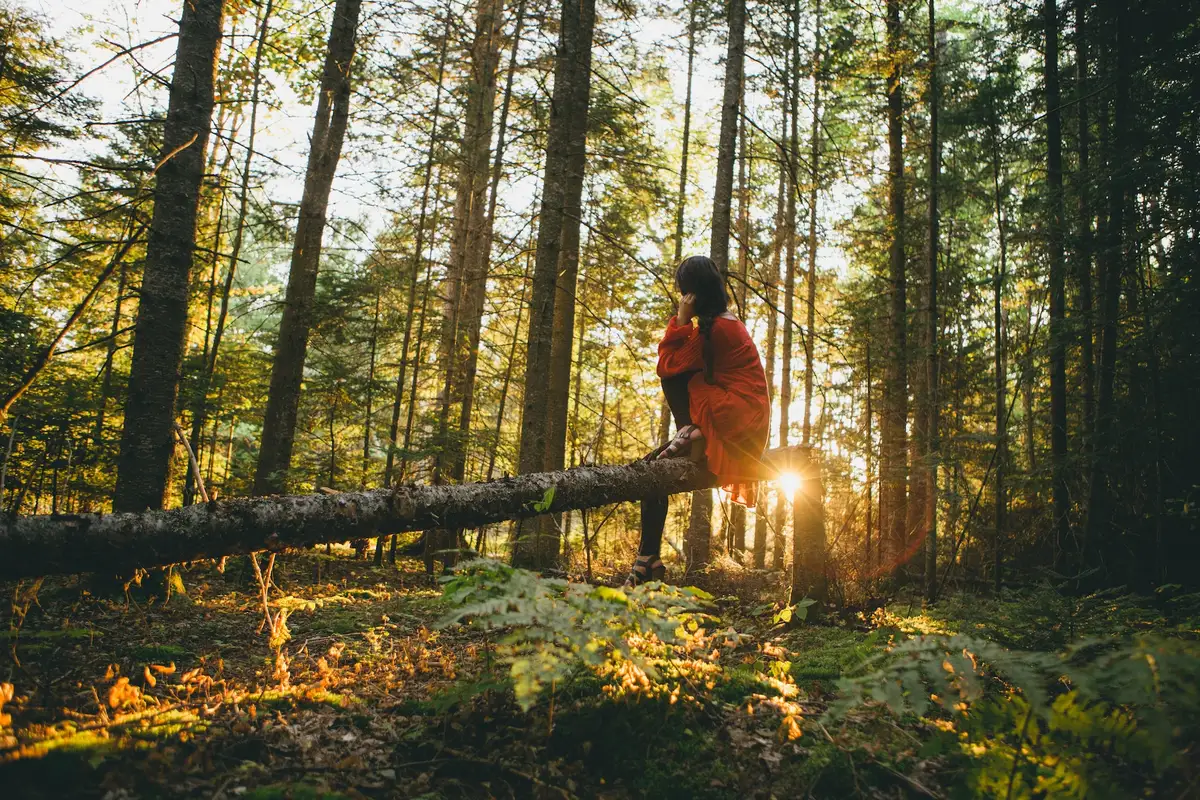
(Photo by Esther Tuttle)
Find a comfortable spot with a good view of your surroundings. This could be a log, a rock, or just a patch of grass. Sit down, relax, and start observing. At first, it might seem like there’s nothing there. But as you sit quietly, you’ll start to notice more and more.
Take in your surroundings. Observe the bark of nearby trees, the layer of fallen leaves, the moss. Listen to the sounds of nature. Feel the breeze on your skin, the sun on your face. This is not just about spotting wildlife; it’s also about connecting with nature and experiencing the peace and tranquility of the wilderness.
After a few minutes of just watching, you might spot a species you had no idea was there. A bird camouflaged against the tree bark, a lizard basking on a rock, a squirrel peeking out from behind a bush. And then suddenly, you see them everywhere. After 30 minutes, you’re just surrounded by all kinds of animals. They were there all along – you just didn’t notice.
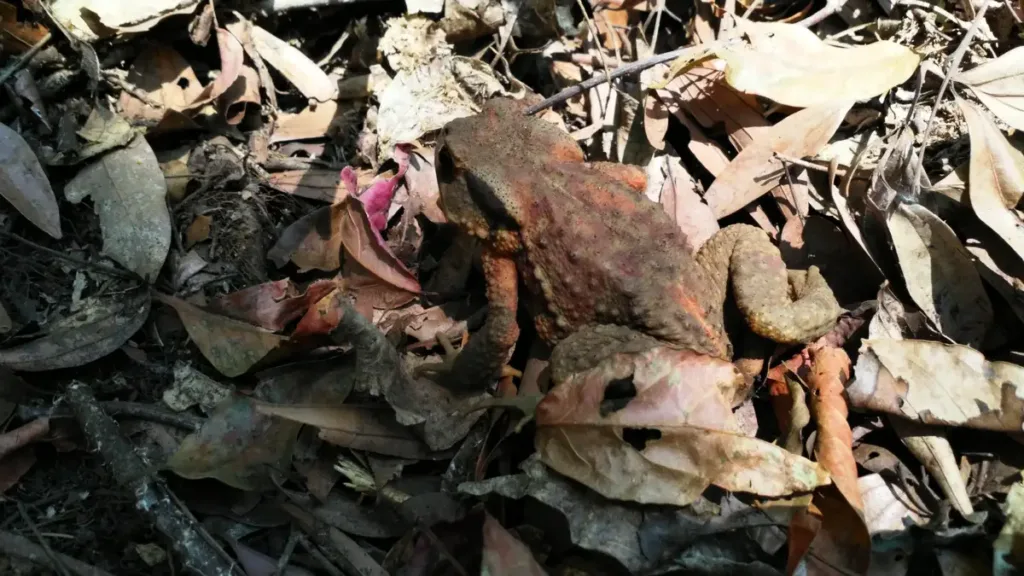

The Indirect Approach
When you spot an animal, your first instinct might be to look directly at it or move closer for a better view. However, this can often startle the animal and cause it to flee. Instead, try using the Indirect Approach.
Many animals, especially prey species, are highly sensitive to direct eye contact and forward movement. In the animal kingdom, a direct approach often signals a threat. Think about it: predators like wolves, eagles, and yes, humans, have forward-facing eyes and tend to move straight towards their target when hunting.
Side note: This is the reason that a lot of moths and butterflies have patterns on their wings that look like giant eyes. When they are in danger of being eaten by a bird, they flash their big colorful “eyes” – making the bird think it was spotted by a predator.
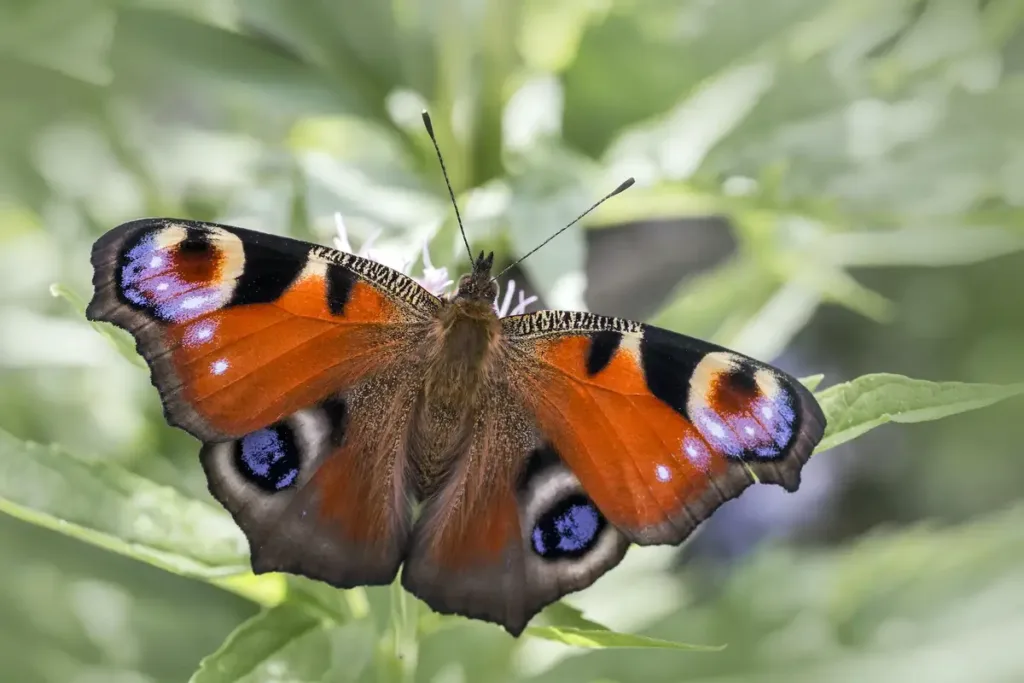
(Photo by Erik Karits)
To avoid triggering these defensive behaviors, try not to look directly at easily startled animals. You can use your peripheral vision to observe them, or pretend to be looking at something else. If you’re using binoculars or a camera, try to keep your other eye open and not pointed directly at the animal.
Similarly, if you’re moving closer, try to do so in a roundabout way rather than walking straight towards the animal. Pretend to be interested in something else, like a tree or a flower, and gradually move closer while keeping your body turned slightly away from the animal.
The goal is not to get as close as possible, but to observe the animal’s natural behavior without disturbing it. Respect the animal’s comfort zone and always prioritize its well-being over getting a closer look or a better photo.
Look for Signs of Wildlife
Wildlife often leaves behind signs of their presence in the environment. By learning to recognize these signs, you can often find wildlife that you might otherwise overlook. Here are some signs to look out for:
Tracks
Animal tracks can provide valuable clues about the type of animal and its size, direction of movement, and how recently it passed by. For example, the hoof prints of a deer, the paw prints of a fox, or the distinctive three-toed tracks of a turkey can all tell you what kind of animal has been in the area. Tracks can also show you the direction the animal was moving in, which can be helpful if you’re trying to locate it. Have a look at these detailed guides on animal tracks in the US, Australia and Europe, or look for guides for your specific region.
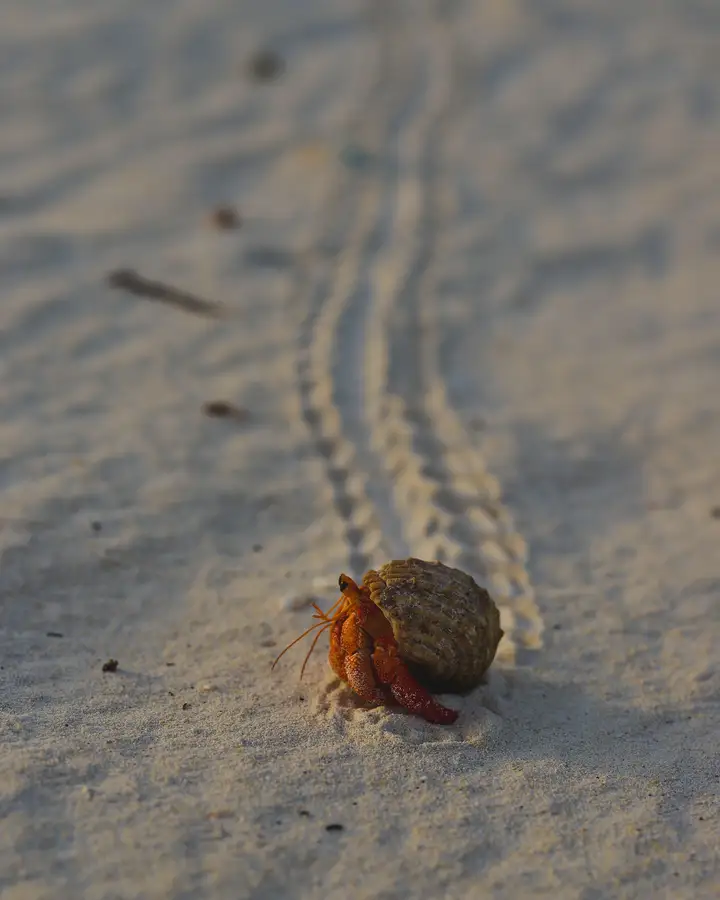
(Photo by Javardh)
Droppings
Also known as scat, animal droppings can tell you a lot about the animal that left them. The size, shape, and content of the droppings can help you identify the species. For example, rabbit droppings are usually small and round, while deer droppings are larger and often have a pointed end. The contents of the droppings can also tell you what the animal has been eating, which can give you clues about where it might be feeding.
An accumulation of bird doppings in a specific spot under a tree is often the sign of a nest, or a favourite perching spot. (Although some birds are smart enough to carry their offsprings droppings somewhere else to avoid detection!)
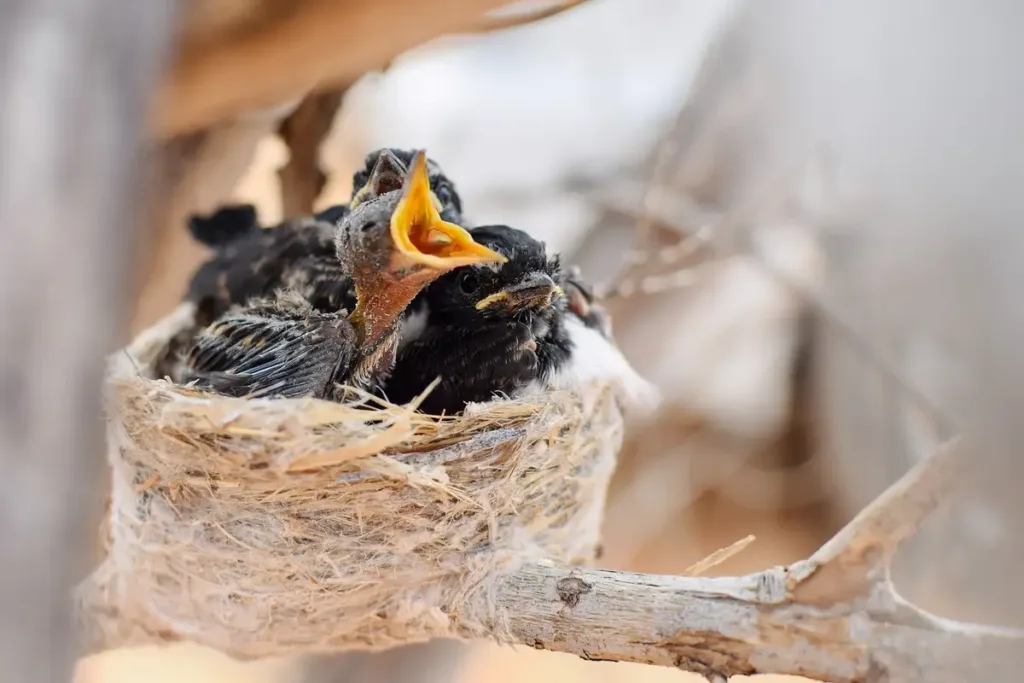
Feeding Signs
Signs of feeding can often be found in the form of chewed leaves, dug-up earth, or the remains of a meal. For example, if you find a pile of pine cone scales with the seeds eaten out, you might infer that a squirrel has been feeding there. Similarly, if you find a tree with the bark stripped off at the base, it could be a sign that a beaver has been at work.
Sounds
The calls and songs of birds, the rustling of leaves by a squirrel, or the distant howl of a coyote can all indicate the presence of wildlife. Learning to recognize different animal sounds can be a fun and rewarding aspect of wildlife spotting. There are many resources available, including field guides and apps, that can help you learn to identify animals by their sounds. You can look up sounds of various birds and other species here and here!
Appropriate Gear for wildlife observation
Having the right gear can significantly enhance your wildlife spotting experiences. While you don’t need a lot of fancy equipment to enjoy nature, a few key items can make a big difference.
Binoculars or Spotting Scope
A good pair of binoculars or a spotting scope can help you observe wildlife from a distance without disturbing them. Look for optics with good light-gathering ability, as many animals are most active during dawn and dusk when light levels are low.
When choosing binoculars, consider the magnification and the diameter of the objective lens. A common configuration is 8×42, which means the binoculars have 8x magnification and a 42mm objective lens. The larger the objective lens, the more light the binoculars can gather, which can be helpful in low-light conditions.
A spotting scope can provide even greater magnification, which can be useful for observing wildlife from a distance. However, they are larger and heavier than binoculars, so they may not be the best choice for long hikes.
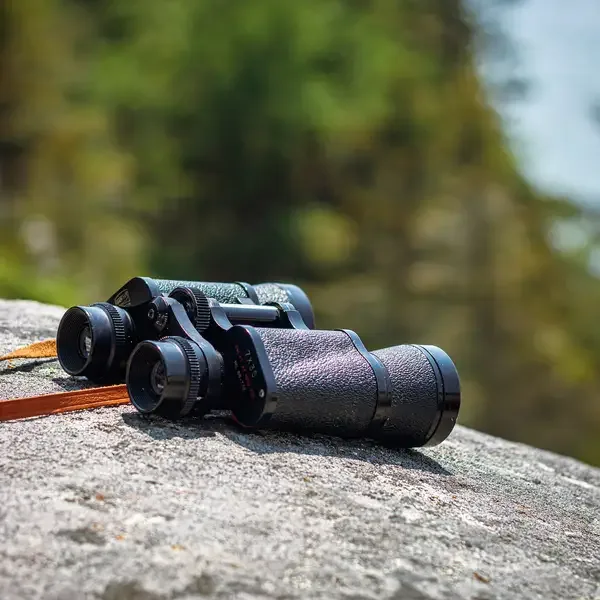
Field Guides
A field guide can be a valuable tool for identifying the animals, tracks, and signs you encounter. There are many field guides available, covering everything from birds to mammals to reptiles and amphibians. Choose a guide that is specific to your region for the most accurate information.
Notebook and Pen
Keeping a wildlife journal can enhance your observational skills and deepen your connection with nature. You can jot down the animals you see, the signs you find, and any interesting behaviors you observe. Over time, you’ll build up a record of your wildlife encounters that can be a source of joy and learning.
iNaturalist App
Alternatively, you can record your observations in the iNaturalist app (Android, Apple), a fantastic tool for nature enthusiasts. This app allows you to take photos of any plant, animal, or insect you encounter, and then upload it to the app, together with your best guess of what species it is (if you have one). The iNaturalist community, which includes both experts and enthusiasts, can then help identify your find.
But it’s not just about identification. Every photo you upload contributes to a global database of biodiversity, helping scientists track species distributions and trends over time. The app also includes a field guide to species in your area, making it a valuable tool for learning more about local wildlife.
Camouflage or Earth-Toned Clothing
Wearing clothing that blends in with the environment can help you get closer to wildlife. Bright colors can stand out and scare animals away, so opt for earth tones like green, brown, or gray. Camouflage patterns can be effective in some environments, but aren’t always necessary.
Comfortable, Quiet Footwear
Your choice of footwear can affect how quietly you can move. Soft-soled shoes or boots can help you walk more silently by cushioning your steps and reducing the noise you make when you walk. Personally, however, I’ve had better success with barefoot sandals, which allow you to adapt the movement of your feet to the ground, and be almost completely silent.
Respect for Wildlife
While the thrill of spotting wildlife is a joy for many hikers, it’s crucial to remember that we are visitors in their home. All wildlife deserves our respect and consideration. Here are some guidelines to ensure that your wildlife watching doesn’t negatively impact the animals or their habitats.
Maintain a Safe Distance
Always observe wildlife from a distance. Getting too close can stress animals out and may provoke an aggressive response. Use your binoculars to get a closer look without disturbing the animal. If an animal changes its behavior because of your presence, you’re too close. Back away slowly and give the animal plenty of space.
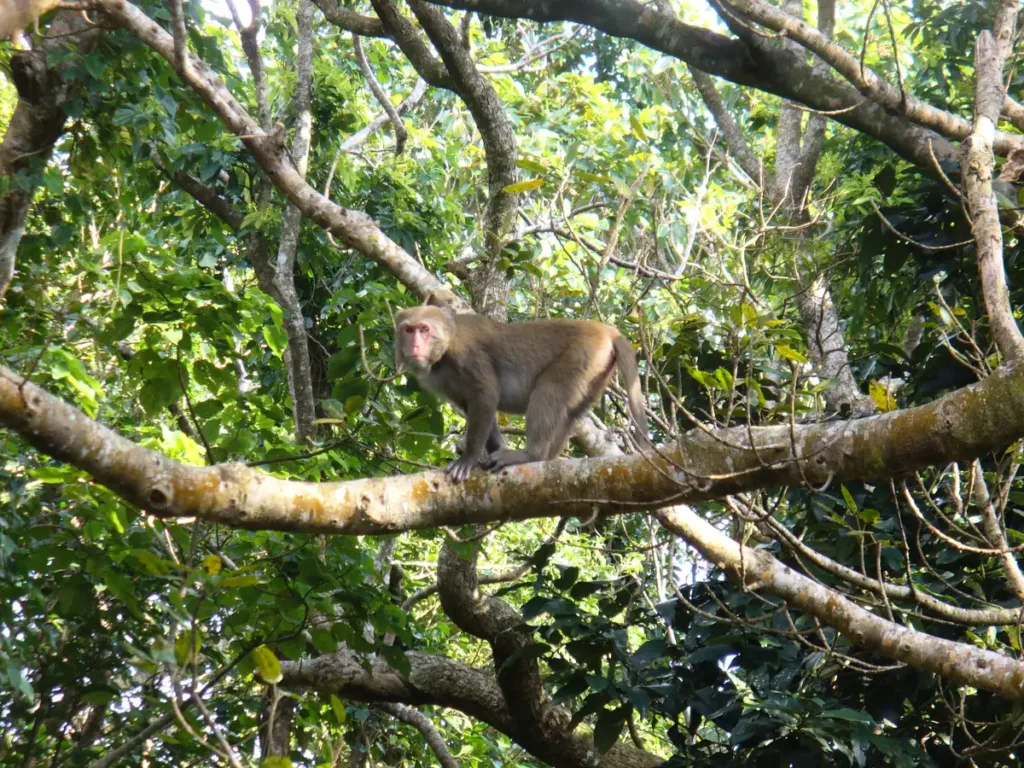
Avoid Startling Dangerous Wildlife
While all wildlife deserves our respect and caution, some animals pose a particular risk if startled or threatened. This includes larger predators like bears, as well as smaller creatures like snakes. These animals typically avoid humans, but if startled or cornered, they may attack in self-defense.
Bears, for instance, are generally shy and will try to avoid humans. However, surprising a bear, especially a mother with cubs, can provoke an aggressive response. If you’re hiking in bear country, make noise as you go to alert bears to your presence and give them a chance to avoid you. Carry bear spray and know how to use it. If you encounter a bear, speak in a calm, assertive voice, and back away slowly without turning your back on the bear.
Snakes are another animal to be cautious of. Many snakes are venomous and can pose a risk to hikers. However, snakes usually only bite humans in self-defense. Watch your step and give snakes plenty of space. If you encounter a snake, back away slowly and allow it to retreat. Never try to handle or harass a snake.
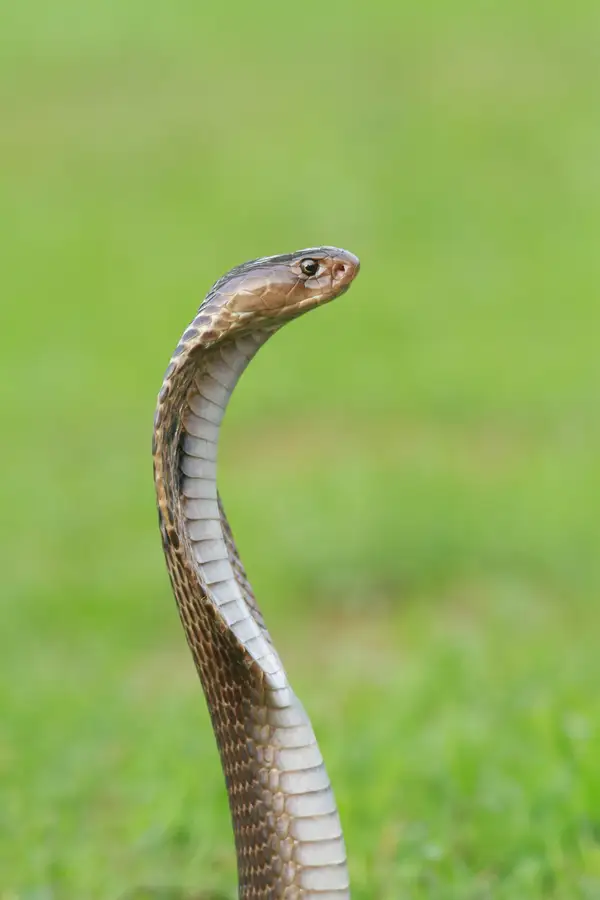
Do Not Feed Wildlife
Feeding wildlife can harm their health, alter their natural behaviors, and expose them to predators and other dangers. Animals that become dependent on human food may lose their natural fear of humans and become aggressive. Always store your food and trash securely to avoid attracting wildlife.
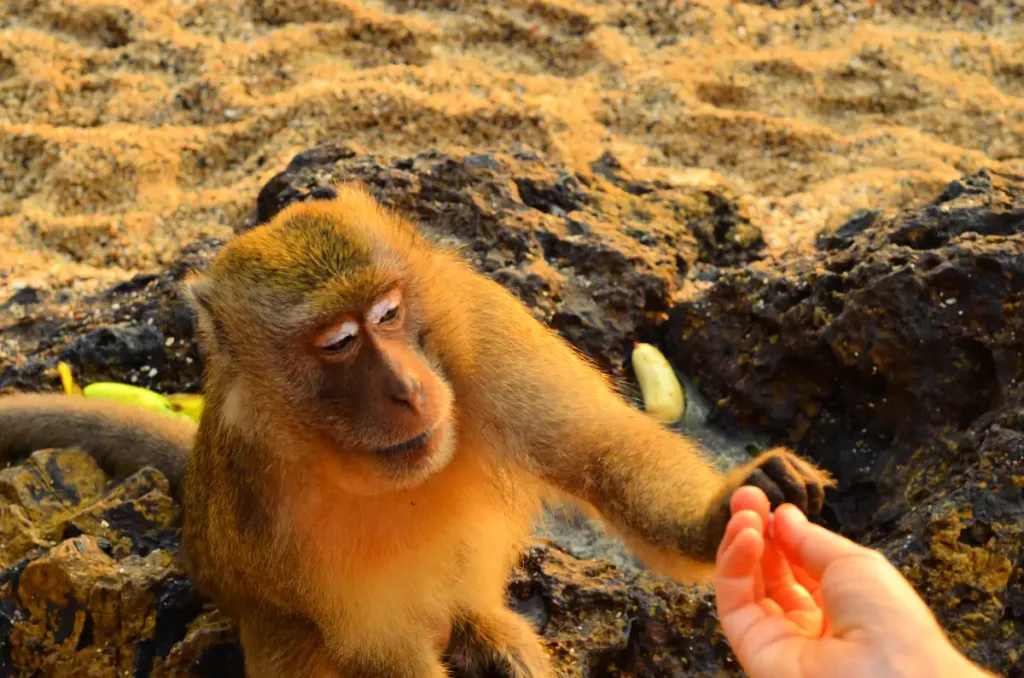
Stay on Trails
Trails are designed to minimize impact on the environment. By staying on trails, you’re helping to protect wildlife habitats and reduce erosion. Plus, many animals are used to human activity on trails and are less likely to be disturbed by your presence.
Leave No Trace
The Leave No Trace principles are a set of guidelines for outdoor ethics. They include practices like disposing of waste properly, leaving what you find, and respecting wildlife. By following these principles, you can help ensure that wildlife habitats are preserved for future generations.
Conclusion
Spotting wildlife on your hikes is a thrilling experience that connects us with the natural world. By understanding wildlife habits, honing your observational skills, using the right gear, and respecting wildlife, you can enhance your wildlife spotting experiences and contribute to the conservation of these incredible creatures.
And always remember, patience is key. Wildlife spotting is often a game of waiting and watching. But when you finally spot that elusive bird or catch a glimpse of a deer through the trees, you’ll find it’s well worth the wait.
